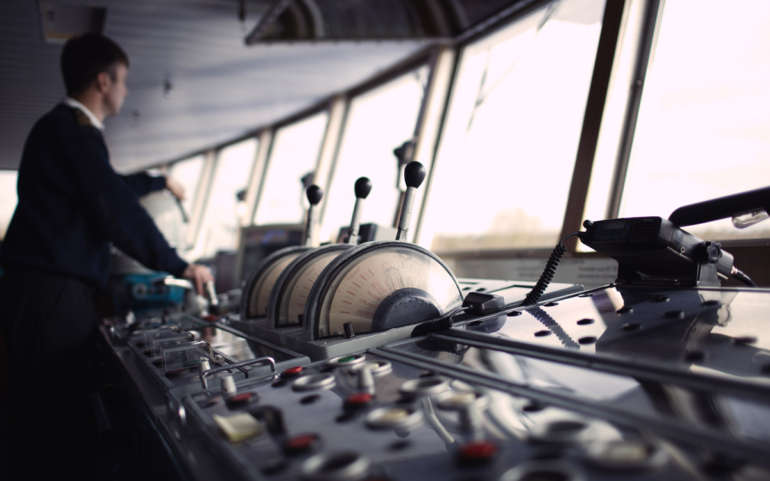It is not easy being an International Seaman, nevertheless Australian Authorities seem to want to make it even harder. The latest changes made by AMSA (Australian Maritime Safety Authority) seem to create quite an egregious contrast when compared to the British MCA (Maritime & Coastguard Agency) regulations. Although both agencies had prior regulations of their own when it came to certification of seaman and vessels, the latest changes made are in MCA’s The Large Commercial Yacht Code (LY3).
As seafaring evolves, so do the safety regulations that govern it. The merchant ship safety standards are being recognised for being incompatible with the safety needs of superyachts. Under the recently introduced Marine Order 52, large yachts or superyachts are defined as motor or sailing vessels of more than 24 meters in load line length, of 150 gross tonnes or more, in commercial use for sport or pleasure and not carrying more than 12 passengers. In addition to this definition, a new certification structure for crews similar to the LY3 was also introduced.
As catch 22s go; getting an Australian working visa is right up there next to the situation that created the term. However, getting your certification recognised in Australia to work on a superyacht just might be the top contender. Crewing a superyacht isn’t easy, crewing a superyacht with a foreign crew in Australia is even hard. To have your foreign certification recognised in Australia, you need to at least have a current Australian working visa. Which would mean you would need to be already working in Australia, but you can’t work in a crew in Australia without recognition of the certificate. This makes us ask the question why would any one hire someone who is not certified to work in Australia, hoping that their certification will be recognised.
The introduction of Marine Order 52 provides an equivalent standard through the adoption of the MCA’s LY3 Code which has simplified and streamlined the recognition of superyacht seafarer certifications for crews and ships. Keep in mind the fact that a seaman can be certified by the MCA in Australia, but that certification is not recognised by Australian flagged vessels. If you complete an MCA STCW95 course in Australia you need to be aware that it is not recognized; it is only recognized by foreign flagged vessels which are cruising overseas (America, Europe, England) or cruising around Australian waters. While if you complete an AMSA STCW95 course in Australia, it is recognized by both Australian flagged yachts and foreign flagged yachts cruising overseas or cruising in Australian waters.
These pathways introduced by AMSA, in creating STCW commercial yachting courses in the yachting industry, present approved certification based on the MCA. It allows holders of STCW commercial yachting certificate to gain full STCW certification. The changes focus on the survey and certification requirements of large yachts engaged in commercial operations and how they will be regulated under the Australian Navigation Act 2012. The new qualifications introduced a deck certificate or competency structure similar to that of the MCA certificate structure for Master, Chief Mate, and Deck Watchkeeper qualifications.

